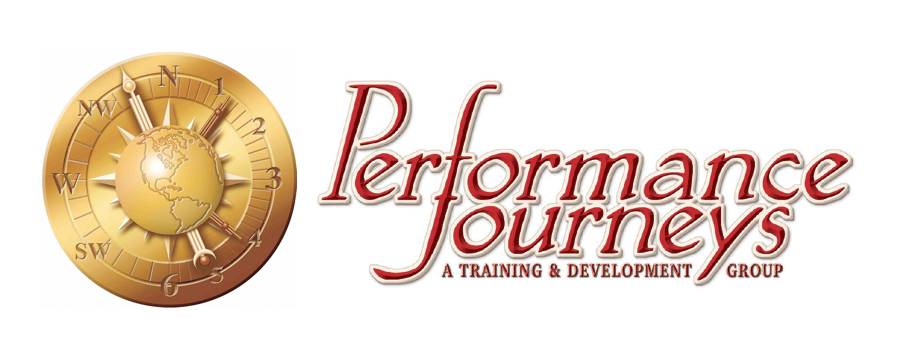Do you hate to wait? We all wait at one time or another. But what makes waiting in one instance worse than another? That is the question to ponder, especially for those who have done their fair share of waiting. Let’s identify the eight key challenges and solutions affecting our perception of wait time.
Challenge #1: Is it Worth the Wait?
With any time spent in a queue, one asks: “Was it worth the wait?” Honestly, the fact of the matter is, too often customers don’t feel it’s worth it–especially in hindsight. The solution? Make it worth the wait. There is a sliding scale for this problem called Value. The more value you create in the products and services you offer, the more worthwhile the wait. What can you do for those who wait for the products and services you offer? What are you doing for your internal customers (employees) as well as for your external customers? Whatever you do, make it worth the wait.
Challenge #2: Unoccupied Time feels Longer than Occupied Time
Here’s the reality: If a customer is bored, if they are sitting around doing nothing, then the time it takes will go by much slower than that same space of time filled with things to do. The solution? Occupy their time. Entertain them. Educate them. Give them busy work. Providing free Wi-Fi in the doctor’s office, or searching through the magazine rack at the supermarket while waiting to be checked out are all examples of this.
Challenge #3: Pre–Process Waits Feel Longer than In-Process Waits
Involving someone in an activity, or processing him or her through some part of the experience makes the wait feel shorter. In a restaurant, waiting at the bar for a table seems shorter than waiting outside for entry. The appetizer serves to occupy you while waiting for the main entrée to be prepared. Coffee or dessert serves to occupy you while you are waiting for your bill to be prepared. So the solution is to get people into the process immediately. When you feel like you’re doing something, time goes much quicker.
Here’s another example of this. if I can provide key information via an electronic operator when calling about a hotel reservation, it saves me from having to spend that time on the back end when an actual operator comes on the line. It also occupies my attention and makes me feel like I’m not waiting as long. The downside is that if I provide information up front while I’m waiting for someone to answer, it’s frustrating to be asked to repeat the same information on the back end by the operator.
Challenge #4: Anxiety Makes the Wait Seem Longer
How long before we get there? Are we there yet? What kid hasn’t asked that question on a long drive through the country.
Doctors offices are often filled with anxious parents, worried about their children, the work hours they are missing, or the cost of the appointment. Not long ago, I arrived in the waiting room of our family practitioner for the inevitable wait. The room was filled with parents, anxiously holding their sick children. I was surprised when one of the receptionists stood up, and addressed the group apologetically. She explained that the doctor had to make a run to the hospital, would be back shortly, then came around the desk with a basket full of snacks to share. It made everyone much less anxious as they passed the time. The solution is to relieve the anxiety people have. And communicate! Communication is at the heart of our next challenge.
Challenge #5: Uncertain or Unexplained Wait Lengths Feel Longer than Known, Certain Wait Times
This principle works very well when I’m on hold waiting for “the next available call center attendant.” I appreciate it when the system actually tells me approximately how many minutes of wait time I can anticipate before my call will be answered. Provide certainty or explanation when possible.
So the solution is to provide certainty and explanation whenever possible. Disney is really great with this. It lists the anticipated wait time in front of their rides and attractions. And here’s the secret! They also post a slightly longer wait time than what will likely be required. After all, people think they’ve gotten a great deal when you post a 30 minute wait and they’re boarding the attraction in 25 minutes. But post a 20 minute wait and they end up boarding in 25 minutes, they become very frustrated–especially when it’s unexplained.
Challenge #6: Unfair Waits Feel Longer Than Equitable Waits
When customers perceive their wait is longer than someone else’s wait, they become very impatient and irritable. That’s why “butting” in line or letting someone go ahead angers so many. And note how angry people can get when it’s not fair. Take for instance a merging road where a driver will go around or ahead of others; such behavior quickly angers others. It’s important to create ways to make it as fair as possible.
Here’s how this idea applies in the real world. For instance: the system of taking a number to be served by the butcher or baker (but not necessarily the candlestick maker) is a process that’s been around a very long time. In another example, customers appreciate being told while on hold that my call will be answered in the order it was received. All these systems serve to help customers feel that they’re being treated fairly.
Challenge #7: Solo Waiting Feels Longer Than Group Waiting
Interacting with another individual is one of the best solutions for occupying time. It is also a great way to share any anxiety as it occurs. So the solution is to provide access to loved ones. Let people enjoy the wait with others they want to be with.
Hospital waiting rooms are an obvious example of why it’s better to wait with someone you care for, rather than being by yourself. Remember when the dad-to-be used to wait it out while mom had the baby? Well, maybe you don’t go back that far in time, but times, they sure have changed. Now sofa beds are placed in the room for dad when he gets tired. The end result is a completely different, shared experience when that baby is born. There are benefits in having access to loved ones while waiting.
Challenge #8: Waiting At All is Longer Than Not Waiting
People value their time. They enjoy the benefit of not having to wait to pay a toll when heading down the highway. First it was simply a matter of slowing down going through a toll booth rather than stopping. Now, technology lets them bypass the toll booth altogether and head down the road at freeway speeds paying the toll electronically as they pass through. Anything that helps us not wait any longer than we have to is a boon to our busy lives.
Shortening the wait is good. Eliminating the wait is even better!
Lessons for Your Organization
When dealing with customers and others who are having to wait for the products or services you offer, ask yourself:
- How can I reduce or simply eliminate the wait?
- How can I occupy someone’s time while they are having to wait?
- How can I allow others to socialize with others while waiting?
- How can I reduce the anxiety of waiting?
- How can I provide certainty and clarity around having to wait?
- How can I make the wait as fair as possible?
- How can I make it worth the wait?
To see an example of how Walmart deals with long lines, visit this post.
To see examples of how Disney thinks through the guest persona in designing its queue experience, click here.


Comments are closed.